Advertisement
Crafting a persuasive proposal is one of the most impactful ways professionals communicate ideas, pitch projects, or seek approvals. Whether in business, research, funding, or client acquisition, a well-written proposal can determine whether a concept moves forward—or disappears into the stack of rejections. However, developing such proposals demands time, strategy, and a strong command of written communication. It is where ChatGPT proves to be a valuable tool.
As an advanced AI language model, ChatGPT assists in structuring content, refining language, and maintaining consistency throughout a proposal. It doesn't replace human insight or subject-matter expertise but acts as a collaborative assistant that accelerates the process. With clear input and purpose, ChatGPT can help professionals create proposals that are not only structurally sound but also highly persuasive.
To create a compelling proposal with the help of ChatGPT, it's important to follow a structured approach. It ensures that the content remains focused, persuasive, and tailored to the intended audience. Below are the essential steps that guide the process from concept to final customization.
ChatGPT's effectiveness begins with the clarity of the user's input. The first step in writing any proposal is understanding the project's foundation. A persuasive proposal requires a well-defined scope, a clearly articulated problem, and an actionable plan.
Before initiating ChatGPT in the process, the writer must determine:
These foundational components allow ChatGPT to generate text that aligns with the project’s specific context and objectives. Without this clarity, AI-generated content can sound generic or misaligned with the proposal’s goals.
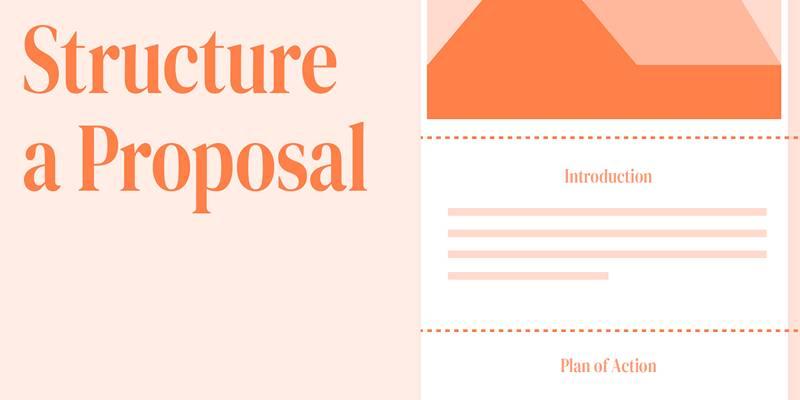
A successful proposal isn't just about what is said—it’s about how it’s organized. Every industry or field follows a generally accepted structure for proposals. For instance, business proposals often include an executive summary, problem statement, proposed solution, implementation plan, budget, and benefits. Academic or research proposals typically follow a different structure with background, methodology, literature review, and objectives.
ChatGPT can be instructed to follow a particular industry format. With a predefined structure in mind, the writer can guide the AI to fill in each section using the project’s specific details. It helps ensure consistency, flow, and logical progression in the document.
By aligning with industry expectations, the proposal is more likely to be understood and taken seriously by decision-makers.
Once a proper structure is outlined, ChatGPT can help flesh out each section with clarity and persuasive language. Rather than attempting to draft the full proposal at once, writers can approach it in segments. It allows for more control over content, tone, and emphasis.
Each part of the proposal—such as the objectives, implementation plan, or budget justification—can be expanded using ChatGPT. The AI can turn bullet points or key ideas into full paragraphs, maintaining coherence and professionalism.
This approach not only speeds up the writing process but also ensures that each section maintains depth, structure, and alignment with the overall narrative. It minimizes common issues like redundancy or uneven tone across different parts of the document.
Beyond just completing the proposal, ChatGPT can assist in making it more persuasive. Persuasion in writing is not about exaggeration but about presenting compelling, solution-oriented arguments that resonate with the reader’s priorities.
Writers can guide ChatGPT to:
These persuasive elements can often be subtle—framing a timeline as "agile and responsive" rather than simply "two months" or presenting outcomes as "measurable improvements" rather than "expected changes." ChatGPT can assist with this nuanced phrasing, helping the proposal leave a stronger impression.
Even with AI assistance, human oversight remains essential. A well-crafted proposal should be free of inconsistencies, grammatical errors, or conflicting statements. After generating content with ChatGPT, writers should carefully review each section.
Areas to focus on during the review include:
Writers should also ensure that the proposal speaks with one voice. Inconsistencies in language, terminology, or style can weaken the reader’s trust. While ChatGPT helps generate polished content, manual refinement helps align everything with the intended tone and purpose.

A proposal often needs to be adapted for different stakeholders. What convinces a technical reviewer may not resonate with a financial decision-maker. ChatGPT allows for rapid customization by rewriting or reframing content based on the audience’s priorities.
For example, the same proposal can be tailored in two ways:
Such targeted customization significantly increases the likelihood of engagement and approval by demonstrating that the proposal is tailored—not generic—and responsive to the audience’s specific concerns. With minimal time investment, ChatGPT makes it easier to maintain consistency while creating multiple compelling versions of the same foundational idea.
ChatGPT offers a powerful way to streamline and strengthen the proposal writing process. By helping users organize content, generate persuasive language, and maintain structural consistency, it turns a traditionally time-consuming task into a more efficient, focused effort.
Although AI can’t replace human creativity or insight, it enhances a writer’s ability to present ideas professionally and persuasively. For businesses, researchers, and entrepreneurs, ChatGPT serves as a valuable tool to communicate vision clearly—and secure more approvals.
Advertisement

ROI, task performance, fidelity, personality, safety, accuracy, and inference speed are the most important GenAI value metrics
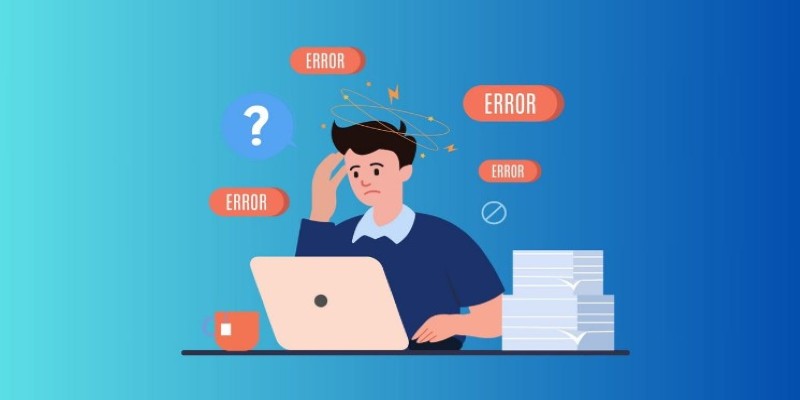
Snowflake’s text embedding models are revolutionizing data management by making machine learning accessible within SQL environments. Learn how these models are reshaping business operations

Explore how HIX AI and GPT-4 work together to automate writing tasks, boost content quality, and save valuable time.
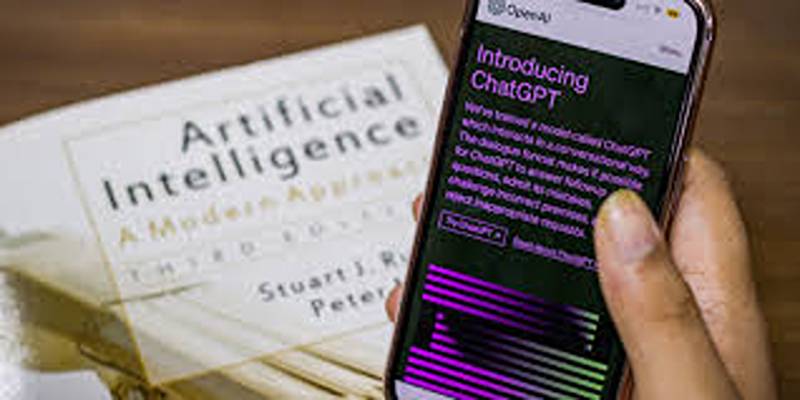
Discover the top features of the ChatGPT iOS app, including chat sync, voice input, and seamless mobile access.
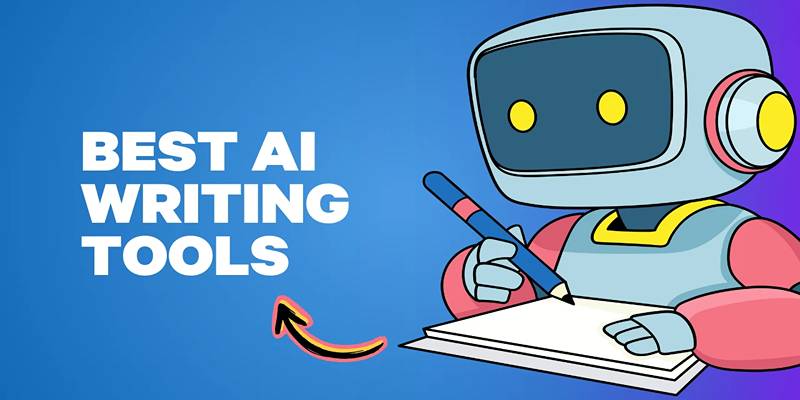
Discover 8 AI tools every content writer should use to save time, improve quality, and streamline content creation tasks.
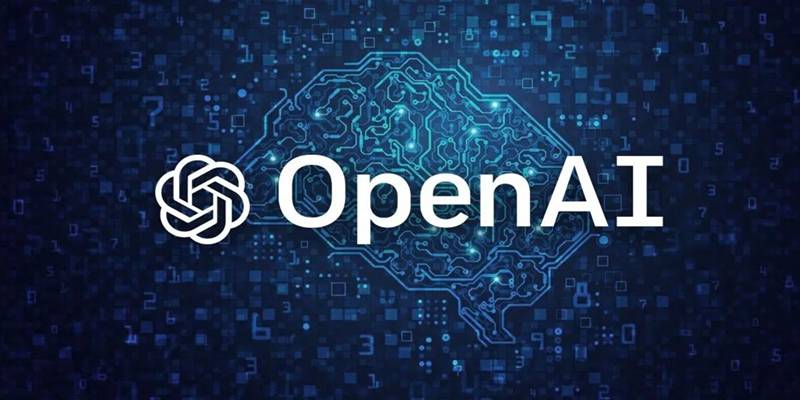
Explore OpenAI’s technologies, ethical AI practices, and their impact on education, innovation, and global AI development.

Need AI built for healthcare, not general use? Aloe offers focused, open medical language models designed for clinical tasks, documentation, research, and patient support

SQL doesn’t behave like Python or JavaScript, so is it a true programming language? Or just a scripting tool? Here’s a clear, human take on what SQL really is—and why it matters
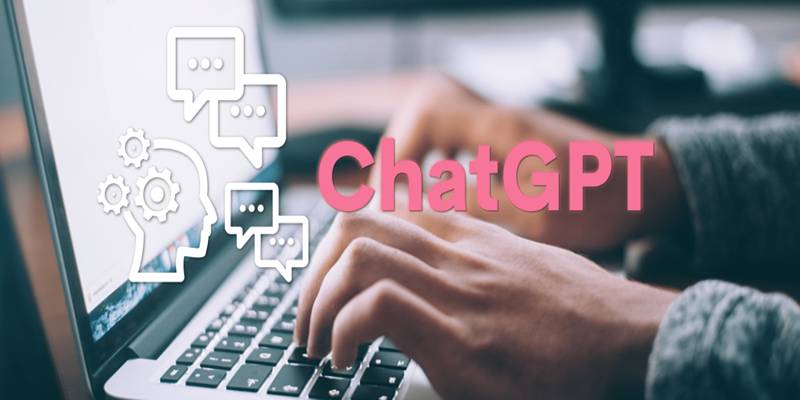
Discover how to build a consistent, effective meditation habit using ChatGPT as your personal AI wellness assistant.
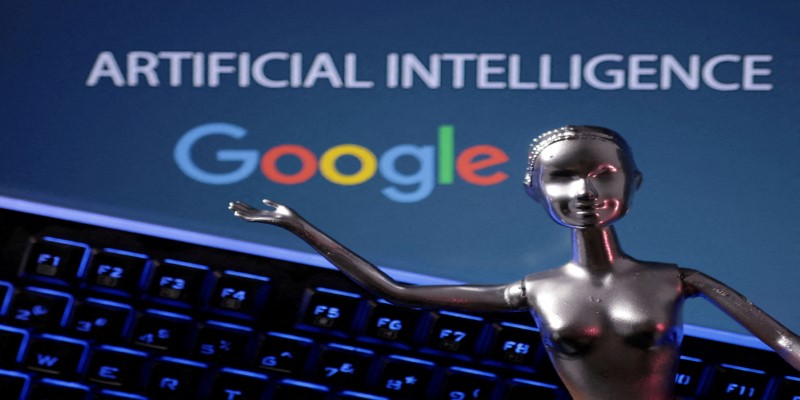
Google has updated its stance on AI-generated content. Learn how to navigate Google’s new policies, avoid penalties, and create high-quality content that meets search engine standards.

Discover how ChatGPT helps build efficient workflows by improving focus, automating tasks, and enhancing clarity.

Looking to improve your ChatGPT prompts? Discover 10 free resources to master prompt engineering and get better, more accurate responses from AI in 2025